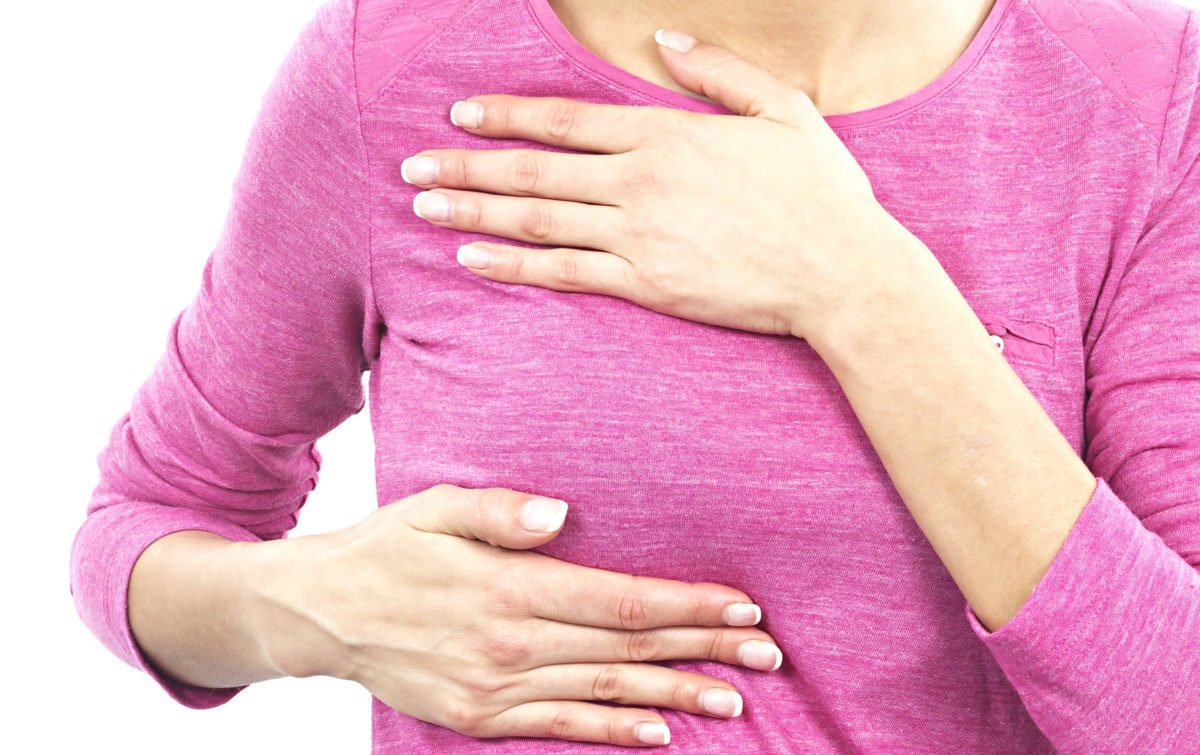Women experience lots of breast changes during their lifetime. While there are many conditions that are associated with breast changes other than breast cancer, you must know that breast malignancies is quite common.
Shockingly, around one in eight women will develop a form of invasive breast cancer at some point, and it is the second most commonly fatal cancer (after lung cancer) in females. Err on the safe side and always report these ten breast changes to your doctor.
1. Lumps
The most well-known sign of breast cancer, lumps can be anything from large and spongy to small and hard. Malignancies often feel like the size and shape of a pea, so do not discount a tissue change just because you think it is tiny. You should conduct a thorough self-examination roughly once a month, carefully checking for areas of the breast that feel different. Some women find it easiest to check their breasts in the shower, where slipperiness makes it easier to detect abnormalities in texture.
2. Thickened Tissue
A self-examination will also help you to detect subtle shifts in breast tissue that do not quite qualify as lumps. A roughened, more solid patch of skin should always be checked by a medical professional, even if it seems like a minor change to you. Your breast tissue should move freely when touched, so if any area is losing malleability then this is cause for concern.
3. Red Skin
The skin on your breasts should be fairly uniform, apart from the odd freckle or other benign mark. If you start to develop a rash across one or both breasts, this may be a warning sign of breast cancer. You should also look out for flat patches of red skin on your breasts or around your nipples. However, it’s worth noting that rashes and red bumps are often explained by contact dermatitis (which develops after irritation, often caused by a new soap or body lotion).
Must Read: How to Reduce the Risk of Breast Cancer with Exercise
4. Changes in Breast Position
When you look at your breasts in the mirror, notice if one seems to be sitting further down than it used to. While breasts are never completely symmetrical and do gradually change position with age, regular visual checks ensure that you’ll notice any unusual shifts in position.
5. Changes in Nipple Position
The major nipple change associated with breast malignancy is a shift in position. One nipple may start to point downwards, or it may look like it is no longer in the center of your breast—it might point out to the side, for example. Sometimes, a nipple will even invert, with the tip looking like it is being pulled backwards into the breast tissue.
6. Swelling
While it is common for women to have one breast that is slightly bigger than the other, you should regularly look in the mirror to make sure that a more obvious size disparity is not developing. However, breast cancer can also cause swelling in both breasts, so plan a trip to see the doctor if you notice your bosom is getting larger when you are not expecting your monthly period.
Also See: Why Do Breast Pain Before Periods
7. Discharge
Nipple discharge can be a side effect of certain medications, but if there is no obvious explanation then it may be a sign of breast cancer. You might find a wet patch on your bra or shirt, or you may simple notice a dry, crusty area that suggests your nipples were leaking during the day. Sometimes itching may develop in conjunction with leaking (as a result of the continuing wetness).
8. Swelling Around the Armpit or Collarbone
You might be surprised to learn that it isn’t just your breasts that can show the first signs of breast cancer. The armpit is a particularly common area for tell-tale swelling to develop, so always feel the skin near your breasts when conducting a self-examination. However, you should also check closer to your collarbone and note any swelling detected there.
9. Superficial Changes in Skin Texture
As well thickening in the breast tissue itself, be sure to look out for more superficial skin changes. Breast cancer is sometimes associated with visible thickness, puckered patches of skin, or a pitted appearance.
10. Pain
Finally, if breast cancer sufferers experience any pain at all, it is usually in the breast itself. Nevertheless, you should also report pain that is in the areas mentioned above—the collarbone and armpit. The pain tends to be sharp, but some women do report a dull ache.
Note the type of pain you can expect to experience in the week before your period, and be sure to contact your doctor if you suffer pain at a different time or of a different character.








